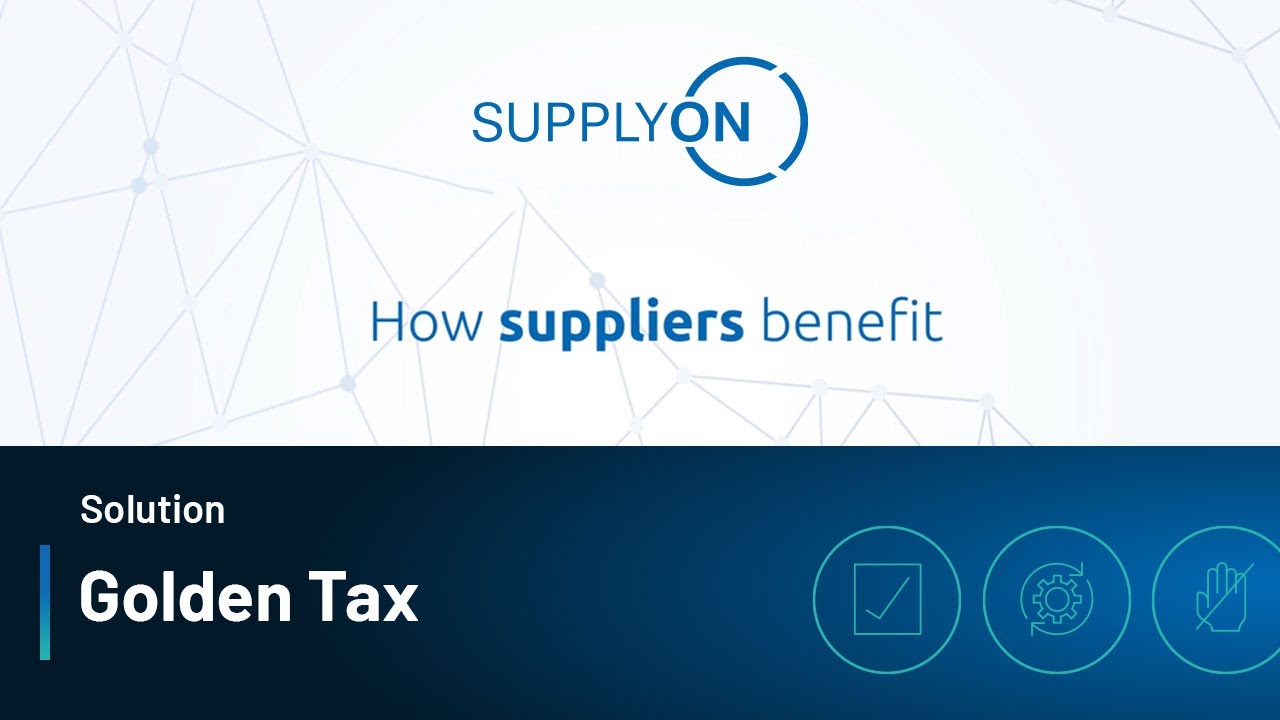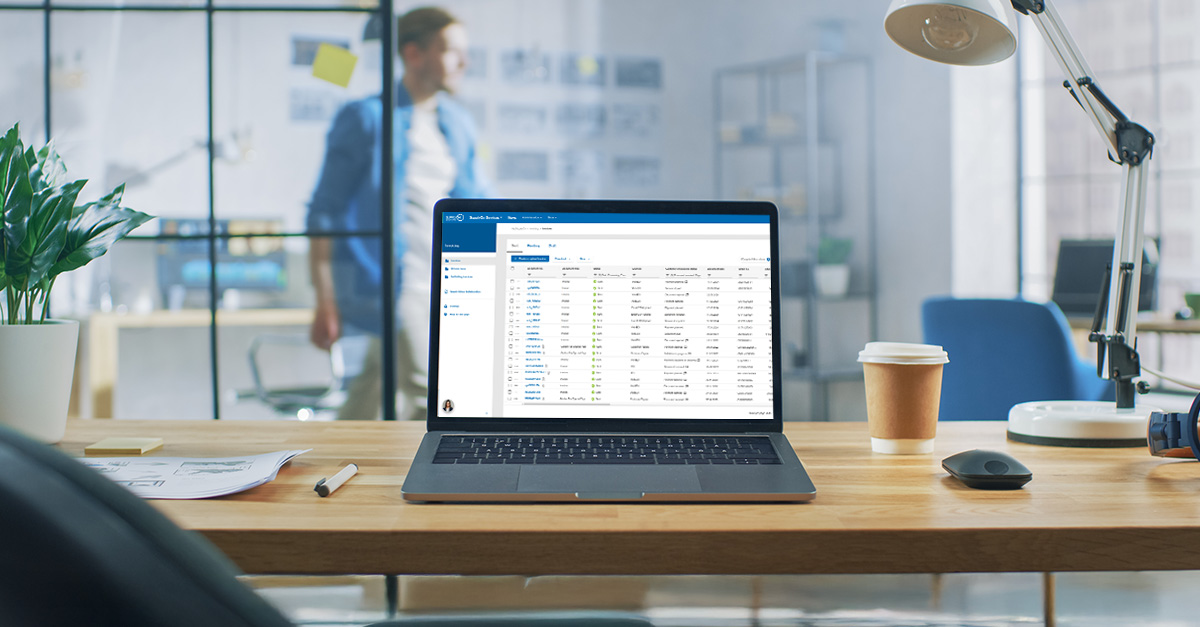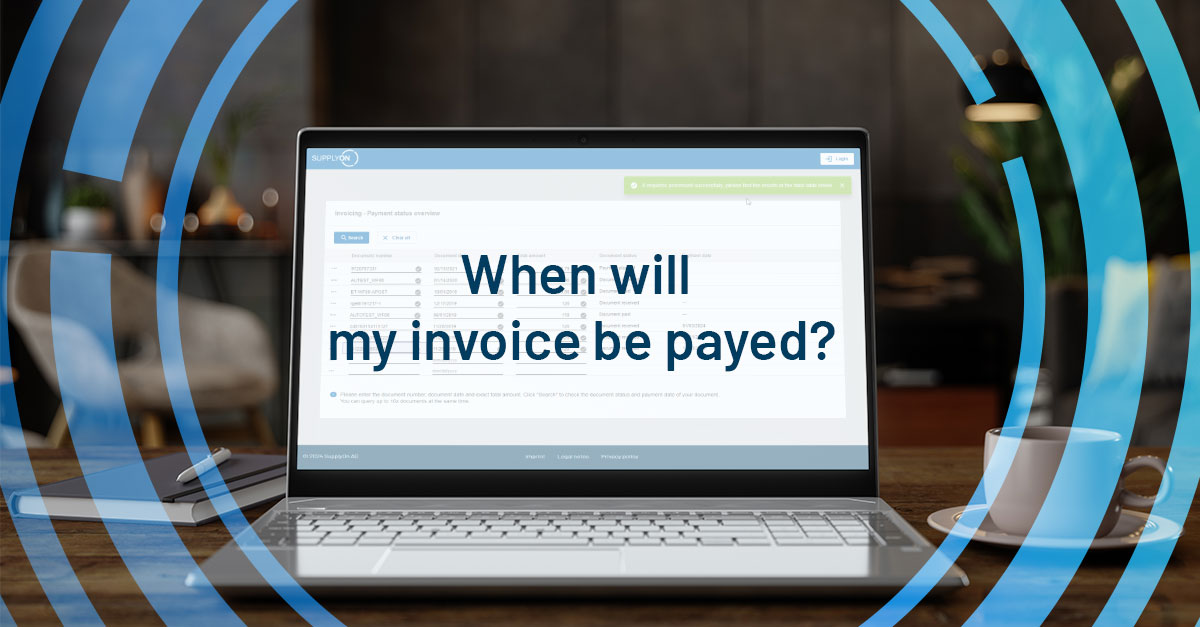Invoicing in China: how to successfully transform to Fully Digitized eFapiao
![[Chinese woman in front of notebook, Yuan symbol] Suppliers in the Chinese pilot regions can now easily and directly issue the so-called fully digitized eFapiao via SupplyOn Invoicing.](https://cdn.supplyon.com/wp-content/uploads/2023/11/Invoicing-in-China_LinkedIn_Blog.jpg)
Companies that want to do business in China and work with local suppliers through their local office quickly realize that invoicing is much more complex than in Western Europe or North America. It’s time-consuming, labor-intensive and has many unique requirements. In the future, this complex process will be completely digitized—and somewhat simplified.
Fapiao & Golden Tax: an introduction to Chinese invoicing
But let’s start at the beginning: In China, domestic invoices cannot be sent directly from the supplier to the customer. Instead, special tax hardware is required, such as a so-called tax control USB disk. In some cases, paper receipts are also required. Most importantly, companies must use state-certified providers as intermediaries and pre-register their invoices with the central tax authority using the Golden Tax System (GTS) software.
An invoice issued and registered with the tax authority is called a Fapiao. In the classic Fapiao process, suppliers first submit invoice data to the Golden Tax System. These invoices are pre-validated by government-certified vendors to ensure, for example, that all tax data has been entered correctly.
An invoice issued and registered with the tax authority is called a Fapiao. In the classic Fapiao process, suppliers first submit invoice data to the Golden Tax System. These invoices are pre-validated by government-certified vendors to ensure, for example, that all tax data has been entered correctly.
After successful validation, the system assigns a unique number to each invoice. Once this step is successfully completed, suppliers can print the invoice data with the assigned invoice number on a Fapiao paper receipt and send it to their customers. These Fapiao receipts are special formatted papers with a seal and are available in blocks from the State Taxation Administration (STA). To issue an invoice, suppliers must obtain a sufficient number of Fapiao paper blocks in advance.
If this procedure is not followed, suppliers will not be allowed to issue VAT invoices.
On the customer side, the Fapiao document must be automatically recorded, evaluated, and compared with existing data in the GTS upon receipt. This is a tedious, error-prone, and cumbersome process that often requires a lot of manual verification.
The following video explains the old paper-based process in more detail:
From paperless to “Fully Digitized eFapiao”
Some time ago, the paper-based Fapiao process was transformed into a paperless version, although this is not widely used in China. In the paperless process, the procedure remains the same, but the paper-based Fapiao receipt has been replaced by a proprietary digital data file. However, the cumbersome process with all its drawbacks has not changed.
The Chinese government has therefore decided to convert the classic Fapiao process, whether paper-based or paperless, into a fully digitized version, the so-called “Fully Digitized eFapiao”. This is based on a new central platform where invoices can be exchanged between suppliers and customers in a fully digital format.
To comprehensively test the new Fully Digitized eFapiao process, the Chinese government launched a pilot in 2021 in several major cities and regions, including Guangdong, Shanghai, Foshan and Inner Mongolia. Meanwhile, the pilot operation has been extended to further regions.
Here are some details about Fully Digitized eFapiao:
- Fully digitized: Fully Digitized eFapiao is a new type of electronic invoice. It has the same legal meaning and use as the conventional paper Fapiao, but without the paper.
- No copies: Unlike the traditional Fapiao, copies are no longer necessary. This greatly simplifies the process. The paper-based process involved multiple copies of the Fapiao receipt.
- Reduced invoice size: Only 17 data fields are required.
- No pre-registration: No need to purchase paper blocks in advance. The Fapiao invoice number is assigned directly by the central platform.
- No special tax equipment: Enterprises do not need to purchase special tax control equipment such as USB disk, tax control USB disk and Tax UKey in advance. Instead, they can issue the Fully Digitized e-Fapiao directly through the national e-invoice platform.
- Diversified input channels: In the current pilot phase, it is possible to issue invoices directly through the central platform. Soon, this will be extended to digital terminals and mobile applications.
- Reduced workload: Scanning and OCR processes are no longer necessary on the recipient side, as paper and PDF invoices are no longer required.
Always up-to-date with SupplyOn Invoicing
SupplyOn Invoicing has supported the classic Fapiao process for several years. This applies to both the paper-based and paperless versions. The new Fully Digitized eFapiao process is also supported by SupplyOn: All suppliers from the pilot regions in China can also use SupplyOn Invoicing to work with their customers in a tax-compliant manner.
The advantage: Invoices are checked and validated in advance by SupplyOn against order or other demand data. If there are any errors or discrepancies, corrections can be made before the invoice is submitted to the tax authorities. Time-consuming cancellation or credit processes are a thing of the past. Suppliers can rest assured that invoices meet customer requirements and have been verified against country-specific requirements. In return, purchasing companies only receive invoices that have been validated in advance by SupplyOn Invoicing and match the purchase order or goods receipt. This allows for direct posting without any manual effort.
As a first step to support the pilot phase of Fully Digitized eFapiao, SupplyOn has provided the pilot suppliers with the successfully validated invoices in a new download format. This format is accepted by the new central platform and can be directly uploaded.
From now on, pilot suppliers can also use SupplyOn Invoicing to transfer the validated invoice data directly to a local, government-certified provider and thus to the central platform. A manual download is no longer necessary. We are also working on further simplifying the invoicing process for purchasing companies.
Our customers can rest assured: By using SupplyOn Invoicing, they are always up to date with the latest developments in China, as we promptly implement all relevant Chinese government requirements in our solution.




